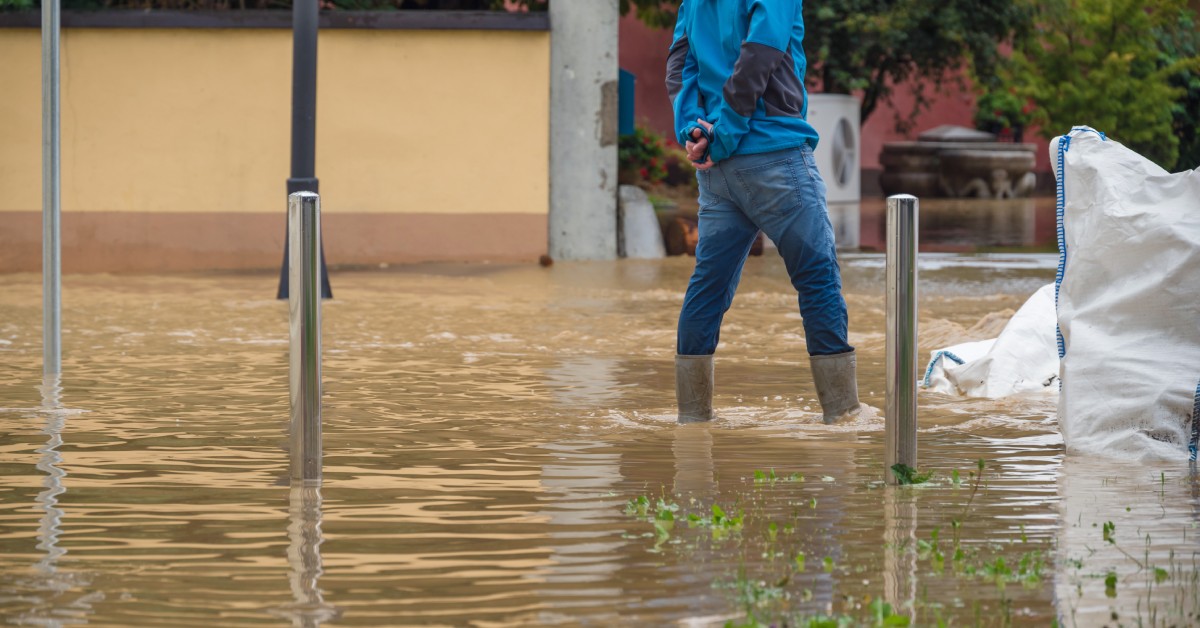What Urban Flooding Is and How To Prevent It

Urban flooding has become a pressing issue as cities expand and experience erratic weather patterns. Here, we will explore what urban flooding is and how to prevent it effectively. Understanding the causes of urban flooding and implementing preventative measures can safeguard communities and mitigate damage.
Causes of Urban Flooding
Urban flooding occurs when heavy rainfall overwhelms the drainage capacity of a city. Contributing factors include inadequate infrastructure, impervious surfaces like concrete, and changes in the natural landscape.
These conditions hinder water absorption, leading to pooling and flooding. Effective city planning and contemporary drainage systems are crucial for managing excess rainwater.
The Role of Climate Change
Climate change also plays a role in the increased frequency and severity of urban flooding. Rising global temperatures contribute to more intense and unpredictable weather patterns, including heavy rainfall and storms.
As the atmosphere warms, it holds more moisture, leading to heavier downpours that urban drainage systems are often ill-equipped to handle. Additionally, climate change exacerbates sea level rise, which can increase the risk of coastal flooding and impact urban areas near coasts.
Impacts of Urban Flooding
The effects of urban flooding extend beyond waterlogged streets. Residents can face significant damage to their homes and properties. Furthermore, floodwaters often bring in contaminants, creating health hazards. Additionally, economic disruptions can occur when businesses are forced to shut down temporarily.
Preventative Measures
Given that its overall impact on daily life is considerable, urban flooding demands proactive solutions.
Green Infrastructure
Implementing green infrastructure, such as permeable pavements, rain gardens, and green roofs, can drastically reduce urban flooding. These solutions enhance water absorption and decrease surface runoff.
Better Drainage Systems
Additionally, cities should invest in modern drainage systems and develop policies that promote sustainable urban development.
Sewage Maintenance
Sewage systems also play a vital role in preventing urban flooding. They channel excess water away from populated areas, reducing the risk of water accumulation. Sewage pumps play a particularly important role in flood prevention, diverting stormwater and keeping water levels low.
However, outdated and poorly maintained systems can fail under stress, exacerbating flood conditions. Upgrading and regularly maintaining sewage systems are essential to prevent failures during heavy rainfall.
Conclusion
Understanding what urban flooding is and how to prevent it is vital for creating resilient cities. By addressing infrastructural deficiencies and adopting green practices, urban areas can effectively mitigate the risks associated with flooding, ensuring a safer environment for all.





